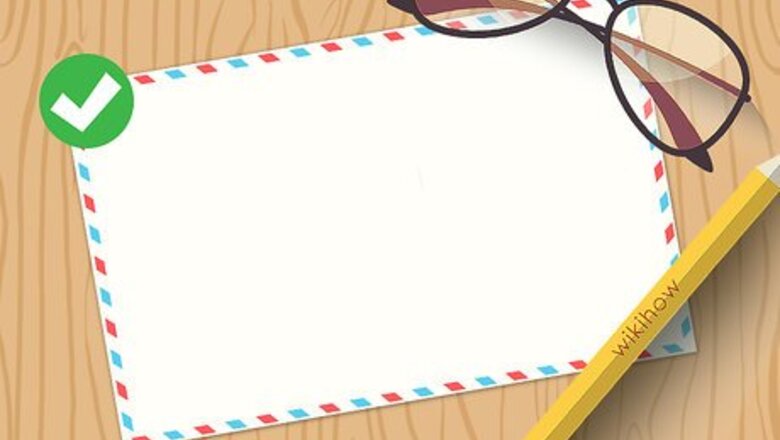
views
Getting the Letter Ready to Mail
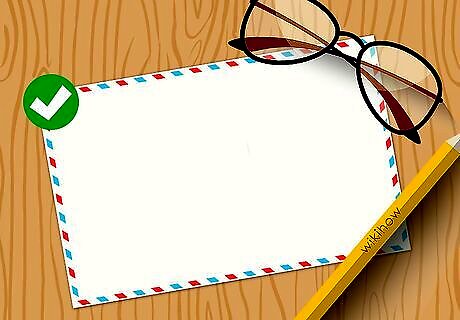
Choose an envelope. It's important to find the right envelope for your letter. If you choose an envelope of very light construction, for example, any heavy contents might break through the envelope while it's in transit. Take the following factors into consideration as you choose an envelope: The weight of the paper. The weight of the envelope should be appropriate for the weight of the paper and any other contents you may be mailing. If your letter is written on heavy cardstock, or you're including something else such as photos, choose a sturdy envelope that can handle the weight enclosed. The size of the envelope. The envelope's size should be appropriate for the size of the contents inside. Letters written on standard 8½-by-11-inch paper are typically folded into thirds and mailed in business-size envelopes. Letters written on notecards may be mailed in smaller envelopes. The intent of the letter. If you're mailing a cover letter, you'll want to choose a professional-looking, business-size envelope. A personal note may be sent in a colorful, decorative envelope if you wish. The letter's destination. If you're mailing a letter overseas, you may want to use a sturdier envelope, since there is a greater chance it could get damaged along the way.
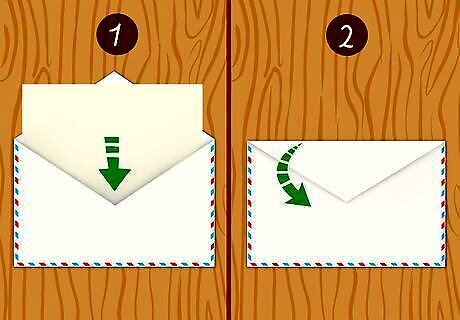
Enclose the letter and seal the envelope. Once you've chosen the envelope for your letter, place the letter inside and lick the edge of the envelope to moisten the glue, then press it shut to seal the letter. You can wet a sponge with a little water to moisten the envelope glue if you don't want to lick it. Place a small amount of clear tape along the edge of the seal if you are afraid the letter might open on its journey.
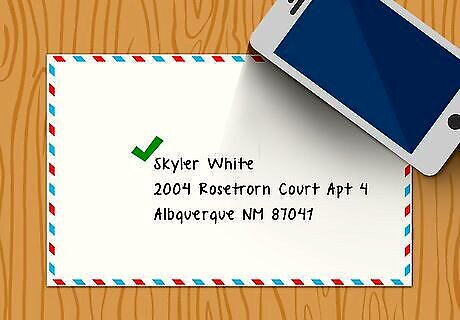
Address the envelope. Write the address of the recipient in the middle of the front of the envelope. Include the recipient's name, apartment or house number, street name, city, state or province, and zip or postal code. Use the nine- or eleven-digit zip code if you know it. You may use the two-letter postal code for the state if you wish. Use clear, printed, upper-case letters written in dark ink so that any postal employee will be able to read your writing quickly and accurately. If you are writing a formal letter, make sure to include the recipient's title and, if relevant, the name of the company. If you are writing to someone outside your country, make sure you include the destination country's name in upper-case letters at the bottom of the address. Some people have their mail sent to a post office box rather than a street address. If this is the case for your recipient, write the correct post office box number followed by the city, state and country, if applicable. Write each part of the address on a different line to make it more legible. For example: SKYLER WHITE 2004 ROSETHORN COURT APT 4 ALBUQUERQUE NM 87041
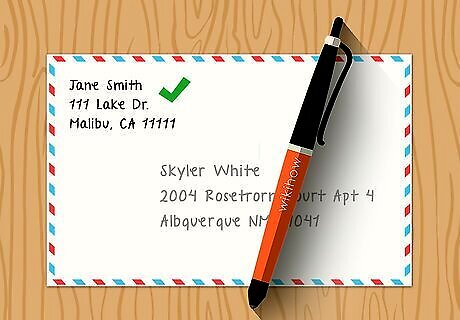
Write your return address. In the top-left corner of the envelope, write your name and address. For ease of postal handling it is better to write your return address on the front of the envelope rather than the back. You may also use a printed return-address label. Including your address will ensure that the letter comes back to you if for some reason it doesn't make it to the recipient.
Finding the Right Postage
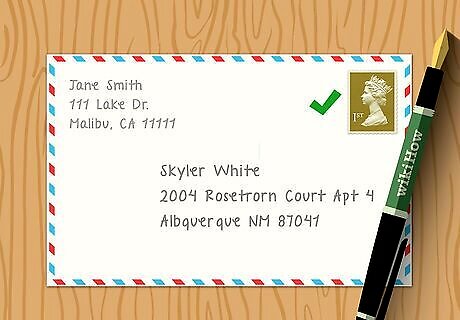
Use a first-class stamp. If you're mailing a letter of standard size weighing less than an ounce and addressed to a U.S. address (including an APO or FPO address), place one first-class stamp in the top-right corner of the letter. Stamps are available for purchase at any post office, online at USPS.com, and at various retail stores. Stamps come with either standard or special designs. If you want to purchase a decorative or commemorative stamp, go to a post office and ask to see their selection. Stamps rise in price periodically. If you have old postage stamps, check usps.com to make sure the stamps you have will still cover the full cost of first-class postage. You may have to use more than one stamp.

Buy extra postage. Letters that are heavy or oversized and letters that are being mailed overseas require extra postage to reach their destination. USPS.com displays all current postage rates. If you have an accurate postage scale at home, you can weigh and measure your letter to determine how much postage you'll need to pay. Record the measurements, then check USPS.com for rates. Affix the appropriate postage to the top-right corner of your letter. If you don't have a scale, take your letter to a post office to have it weighed. The clerk will be able to calculate exactly how much postage you'll need.
Mailing the Letter
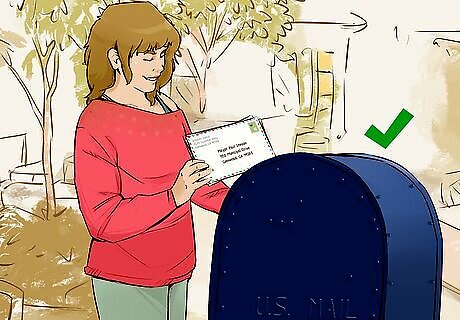
Place the letter in a blue collection box. If you live in the United States, you'll notice blue USPS mailboxes in most cities and suburbs. Open the box near the top, place your letter in the slot, and close it. A postal worker will collect your letter at the time shown on the box and start the sorting-and-delivery process. Every blue collection box has a notice indicating when the mail gets picked up each day. If you place your letter in the box after the scheduled pick-up time, your letter will be picked up the next business day.

Place the letter in your own mailbox. If you have a mailbox on or near your home, you can place your letter there. Alert your mail carrier of its presence by moving the red flag out of the mailbox. This is usually done by rotating the flag up or by pulling the flag out. The mail carrier knows that if the flag is visible, then there is a letter that needs attention.
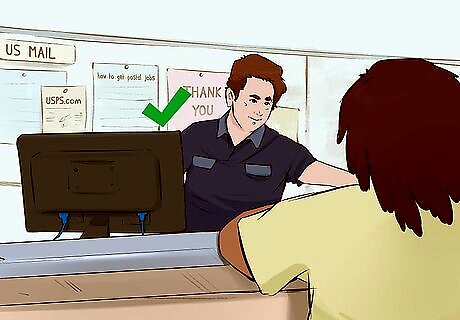
Take the letter to any post office. If you need to buy postage, you can leave your letter with a postal clerk, and they will mail it for you. Even if you don't need to buy postage, you can still take your letter to the post office to be mailed. See www.usps.com for information on where to find the closest post office.




















Comments
0 comment